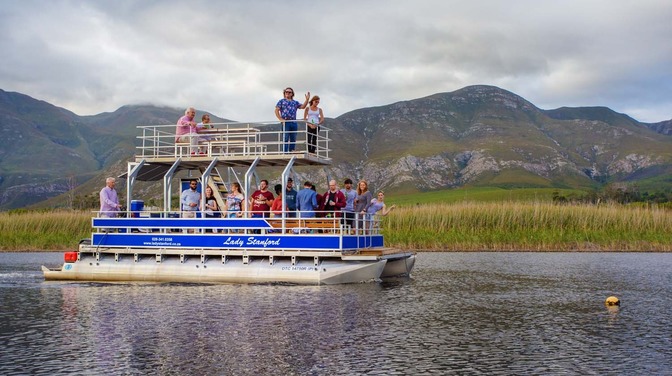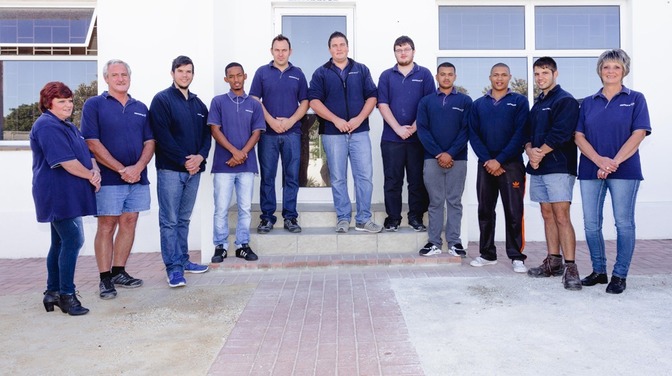The Cape Batis
It was a crisp spring morning when a cheerful commotion broke the insect hum at the edge of the Milkwood forest at Grootbos. The animated mating display of a male Cape batis as he flounced, frilled and wooed, captured the cool gaze of a potential female mate, undetected by the rest of the world.
After several impressive tail-fanning and branch-jumping moves, the female made an almost imperceptible signal. Success! The Cape batis partnership is secured for the rest of their lives.

After the initial passion of the honeymoon phase, reality set in and the lovebirds realised they needed a place to stay. Frantically yet precisely, the pair began to collect small twigs and lichen for the construction of a new home.
A low crook amid the limbs of a tree was selected to be their first shared postbox. A perfectly cup-shaped nest began to form. The Batis couple did a great job colour-co-ordinating their nest decor, blending it seamlessly into the forest surroundings.

The next week, the first egg appeared followed by a second dappled orb. Two babies on the way - how egg-citing!
After two weeks of incubating the precious eggs, the Batis couple finally celebrated their initiation into parenthood, welcoming two delightful babies. The nest began to feel a little cramped but the adult pair embraced their new roles as parents, bird-sitting and feeding their rapidly growing children.
Within a few days, the vulnerable hatchlings developed soft downy feathers to keep them warm while their parents went out on the daily grind to collect insects for the open beaks of their babes.

Two weeks of non-stop feeding and growing, the baby birds developed preliminary flight feathers - a sign that they were getting ready to leave the nest. With flight feathers fully developed, the bright eyed brother and sister were soon ready to explore the big forest on their own. There was a great big sky out there waiting to be explored.

The time came for the baby birds to leave the family nest. Almost immediately, empty-nest feelings set in and the adult Batis couple found themselves in a nest that felt too big for only two. And so the time came to set off on new adventures, leaving the little nest to decay into forest litter, ready to nourish the forest itself and offer a safe haven to another Cape batis family the following spring.












.jpg?width=431&height=242)








.jpg?width=250&height=182)












